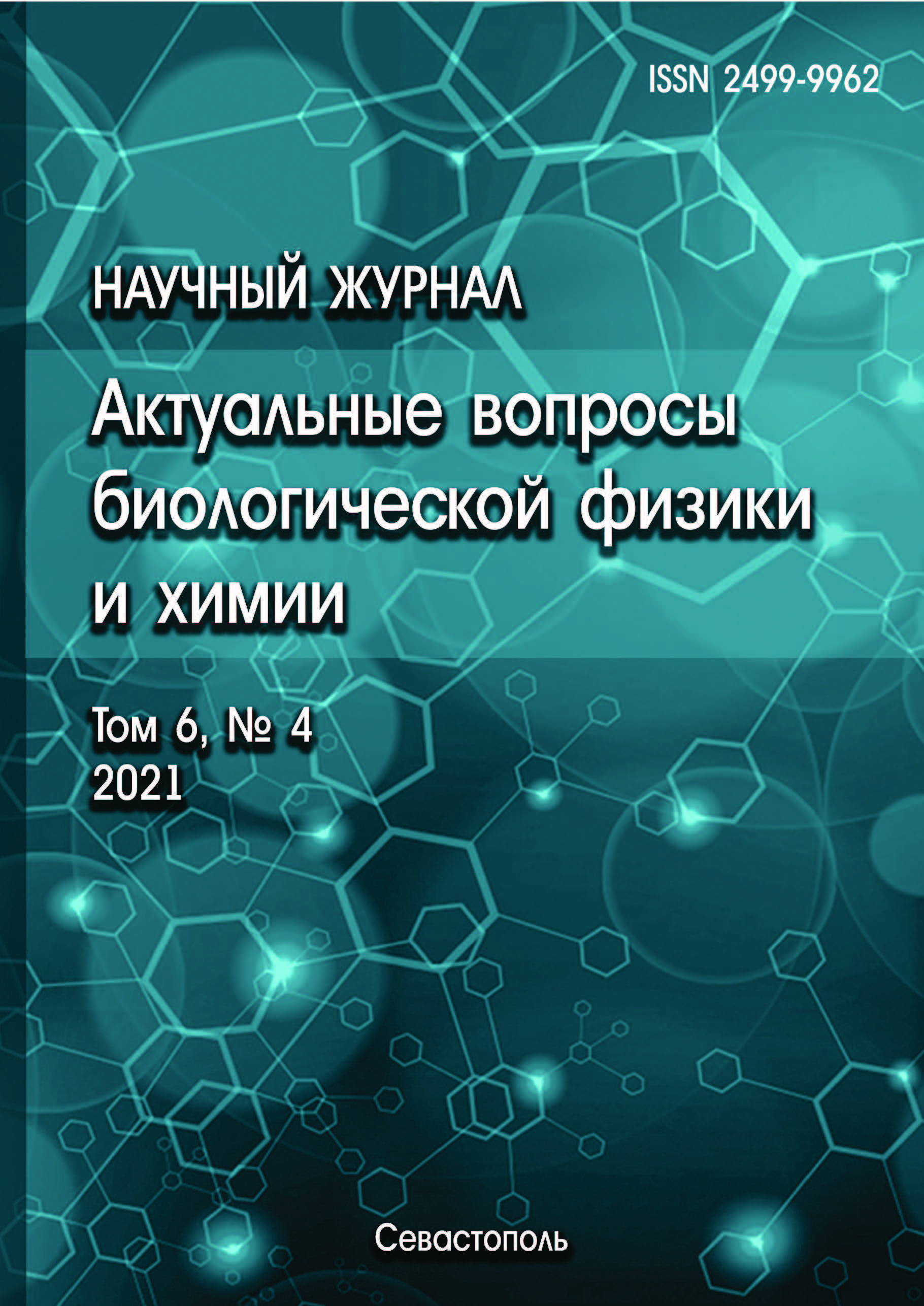We investigated effect of ionic strength and pH solution on fractional composition uromodulin oligomeric forms. Uromodulin in urine exist in oligomeric forms: normally, main contribution belongs oligomeric form with a mass 7MDa (UM(7)). It has been shown that in solutions, monofraction UM(7) with a decrease in pH and with an increase in the ionic strength of the solution, due to an increase monovalent ion concentration, appearance oligomeric form with a mass 28MDa (UM(28)) against background of a decrease in contribution UM(7). Obtained data were confirmed on native urine samples by method of nanoparticle track analysis during urine solution desalting and with increasing Na+ ions concentration during titration with 1M NaCl. Stability of the uromodulin protein and its oligomeric forms in salt concentration range was shown by differential scanning fluorometry. Data obtained made it possible to determine limit of the concentration of monovalent ions (in range of 150 mM Na+ / K+), above which the formation UM(28) is observed in urine of healthy patients. The data on the transition of UM (7) to UM (28) with an increase in the concentration of monovalent ions have been confirmed; however, the phenomenon itself, as well as the role of UM (28) in stabilizing the urine colloid, require further study.
Uromodulin, oligomers, ionic strength, pH, titration
1. Devuyst O., Olinger E., Rampoldi L. Uromodulin: from physiology to rare and complex kidney disorders. Nat. Rev. Nephrol., 2017, vol. 13, no. 9, pp. 525-544.
2. Lebedev A.D. et al. Heterodyne quasi-elastic light-scattering instrument for biomedical diagnostics. Appl. Opt., 1997, vol. 36, no. 30, pp. 7518-7522. DOI: https://doi.org/10.1364/AO.36.007518; EDN: https://elibrary.ru/LDZPBJ
3. Pesce A.J. et al. Renal tubular interactions of proteins. Clin. Biochem., 1980, vol. 13, no. 5, pp. 209-215.
4. Parkin W.G., Dickinson R.W. The use of electrical conductivity measurement in the calculation of ion-free water loss in urine. Anaesth.Intensive Care, 1987, vol. 15, no. 4, pp. 379-383.










